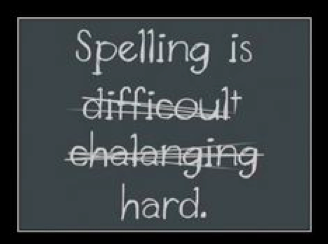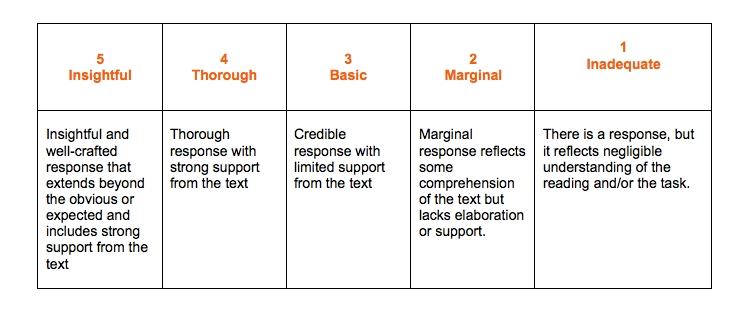How can we help our students write better responses to reading? Five Tips for Teachers…
For most struggling readers, there’s only one thing worse than reading: it’s writing about reading. Ask any struggling reader and he’ll tell you what you can do with writing: can the comprehension questions, junk the journals and scrap the sticky notes. After all, pretty much all of our struggling readers are struggling writers. But the truth is, writing about reading is kind of like eating broccoli. You may not like it, but it’s really good for you.
There is extensive research to support writing as the single best way to support reading for students from kindergarten to college. Read more about the research here.
Here are five tips for helping students write stronger responses.
Download a printable pdf: WRITING ABOUT READING
1. Teach students what good responses look like.
It’s essential for teachers to show students what effective responses look like, whether they are personal responses, answers to questions or prompts, summaries or graphic organizers. The most effective way to do this is to model the writing and “think-aloud” the processes that are going in the writer’s head. Sometimes the students might be invited to collaborate on composing the response, with the teacher doing the scribing or the students sharing the pen. Providing students with a weak response and having them revise it is an excellent activity; it’s always easier to revise someone else’s work! It’s also important to provide students with support and guidance as students learn to compose their own responses before expecting them to demonstrate this skill independently.
2. Focus on THE THREE E’s: Explanation, Examples and Evidence from the Text
![]() Too often, our struggling readers simply answer the question or write a sentence and they think they’re done. Teach students to EXPLAIN their answers and give EXAMPLES and EVIDENCE from the text.
Too often, our struggling readers simply answer the question or write a sentence and they think they’re done. Teach students to EXPLAIN their answers and give EXAMPLES and EVIDENCE from the text.
3. Chill out on Conventions.
 One of the biggest challenges for our struggling readers is managing the conventions of writing – spelling, punctuation, grammar and sentence structure. Reading responses are technically, first-draft writing; perhaps we need to back away from the “getting it right” and focus on the “getting it good” – putting words together to convey ideas with power and precision. It’s more important to use the right word than to limit writing to words the student knows how to spell correctly. As long as the writing is readable, spelling and conventions can be fixed later.
One of the biggest challenges for our struggling readers is managing the conventions of writing – spelling, punctuation, grammar and sentence structure. Reading responses are technically, first-draft writing; perhaps we need to back away from the “getting it right” and focus on the “getting it good” – putting words together to convey ideas with power and precision. It’s more important to use the right word than to limit writing to words the student knows how to spell correctly. As long as the writing is readable, spelling and conventions can be fixed later.
4. Provide opportunities to talk first, then write.
5. Make expectations and criteria for evaluation clear.
Too often, our students simply don’t know what’s expected of them. They answer the question or give their opinion about the reading in a sentence and then they’re done. Sharing the criteria for success helps guide students in developing strong responses. Here is a sample rubric:




